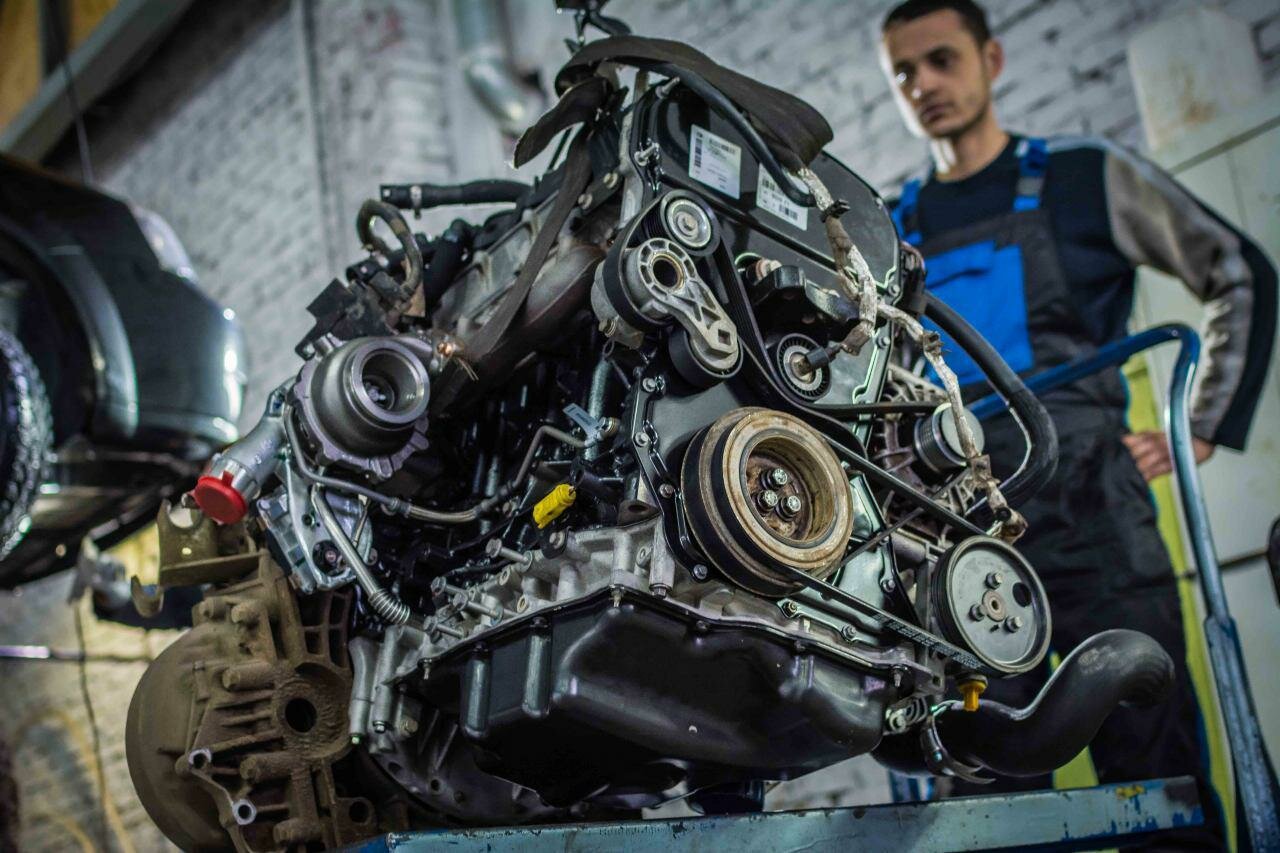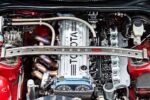Cat 3.3B Engine: A Brief Overview
History and Development
The Cat 3.3B engine, part of Caterpillar’s renowned line of diesel engines, has been a staple in various applications, particularly in construction and agricultural machinery. Launched in the late 1990s, this engine was designed to deliver reliable performance in demanding environments. With a focus on durability and efficiency, the 3.3B engine quickly gained traction among operators who needed a dependable power source for their heavy equipment.
Caterpillar has a long-standing reputation for engineering robust engines that can withstand the rigors of heavy use. The 3.3B engine was no exception, featuring advanced technologies for its time, including electronic fuel injection and a compact design that allowed for easy integration into various machines. This engine was particularly valued for its balance of power and fuel efficiency, making it a popular choice for equipment manufacturers and end-users alike.
However, as with any mechanical system, the Cat 3.3B engine is not without its issues. Over the years, users have reported a range of problems that can affect performance and reliability. Understanding these issues is crucial for operators who rely on this engine for their daily operations. The following sections will delve into the specific problems associated with the Cat 3.3B engine, providing insights into what users can expect and how to address these challenges effectively.
Common Problems with the Cat 3.3B Engine
The Cat 3.3B engine, while generally reliable, has its share of problems that can hinder performance and lead to costly repairs. Operators need to be aware of these issues to maintain their equipment effectively and avoid unexpected downtime. Below are some of the most frequently reported problems associated with the Cat 3.3B engine.
1. Fuel System Issues
Fuel system problems are among the most common issues faced by Cat 3.3B engine users. These can manifest in several ways:
- Clogged Fuel Filters: Over time, fuel filters can become clogged with debris, leading to reduced fuel flow and engine performance.
- Injector Failures: Fuel injectors can wear out or become clogged, causing poor fuel atomization and resulting in rough engine operation.
- Fuel Leaks: Leaks in the fuel lines or connections can lead to a loss of fuel pressure and potentially hazardous situations.
2. Cooling System Problems
The cooling system is critical for maintaining optimal engine temperatures. Issues in this area can lead to severe engine damage.
- Overheating: Insufficient coolant flow or a malfunctioning thermostat can cause the engine to overheat, risking severe damage.
- Coolant Leaks: Leaks in hoses or the radiator can lead to coolant loss, further exacerbating overheating issues.
- Corrosion: If not properly maintained, the cooling system can suffer from corrosion, leading to blockages and leaks.
3. Electrical System Failures
Electrical issues can also plague the Cat 3.3B engine, affecting its overall functionality.
- Battery Problems: Weak or failing batteries can lead to starting issues and poor engine performance.
- Wiring Issues: Damaged or corroded wiring can cause intermittent electrical failures, impacting engine performance.
- Sensor Failures: Malfunctioning sensors can provide incorrect data to the engine control unit, leading to poor fuel management and performance.
4. Mechanical Failures
Mechanical issues can arise from wear and tear or improper maintenance.
- Oil Leaks: Oil leaks can occur from gaskets or seals, leading to low oil levels and potential engine damage.
- Wear on Components: Components such as bearings and pistons can wear out over time, resulting in decreased engine efficiency.
- Exhaust System Blockages: Blockages in the exhaust system can lead to increased back pressure, affecting engine performance.
Top views |
|
|---|---|
 |
Oil, Timing Chains, Pistons: What Really Kills an Engine Prematurely? |
 |
How to Choose a Car with a Reliable Engine: Used Car Market Hacks That Actually Work |
Symptoms and Consequences
Understanding the symptoms associated with these problems is crucial for timely intervention. Below is a table summarizing common symptoms and their potential consequences:
| Symptom | Potential Consequence |
|---|---|
| Engine overheating | Severe engine damage |
| Rough idling or stalling | Poor fuel economy, potential for engine failure |
| Low oil pressure | Increased wear, potential engine seizure |
| Fuel leaks | Fire hazard, loss of power |
| Electrical issues (e.g., starting problems) | Inability to operate machinery |




0 Comments